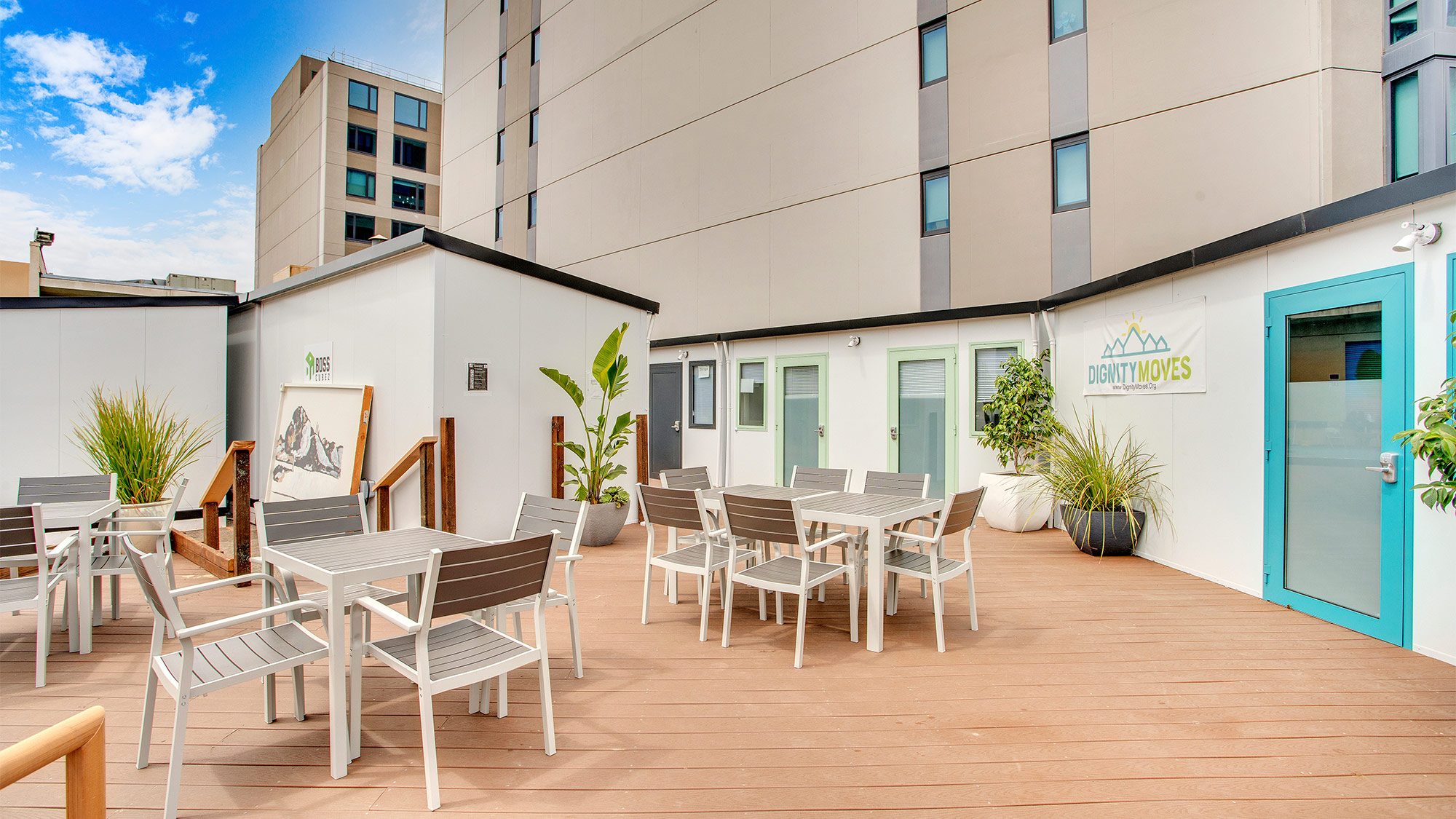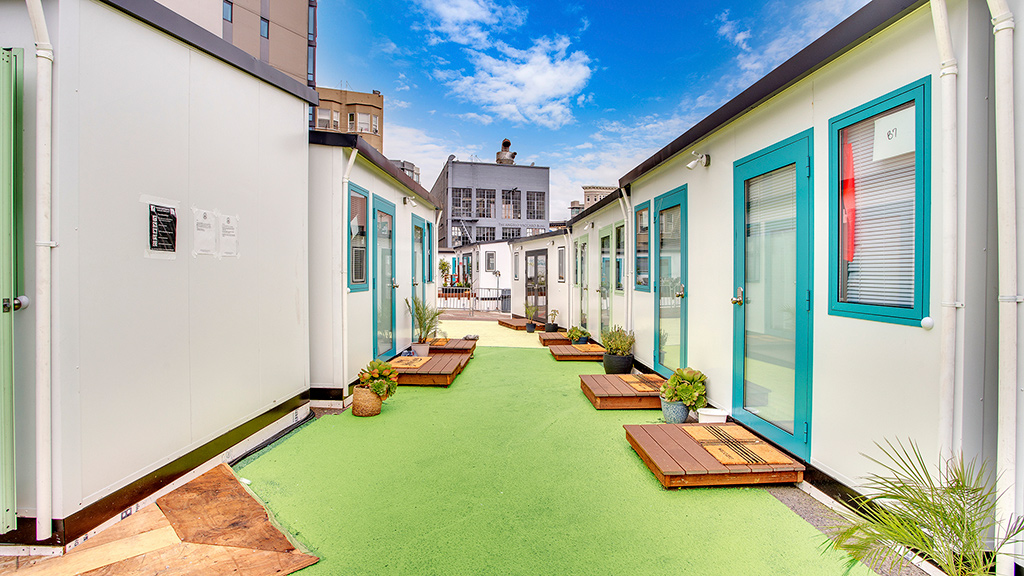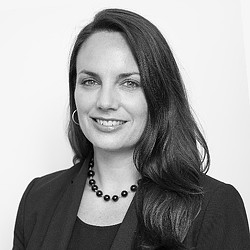The Housing Crisis: Finding Hope in Innovation
August 03, 2022 | By Holly Arnold
Housing development in San Francisco is dipping. According to a recent report shared with the San Francisco Planning Department, the city is on track to deliver only 2,800 residential units in 2022. This is below the 10-year average of about 3,500 units, and well below the city’s goal of 5,000 units per year. The number of housing units both applied for and entitled is also below the 10-year average, suggesting the trend of underbuilding will not be reversing anytime soon.
Through the pandemic, California has felt shifting migration patterns. People left San Francisco for other Bay Area counties and Sacramento in search of less density and more open space. Many younger workers moved out of the city to be closer to family in 2020. Others left in search of remote work opportunities in areas with a lower cost of living. Because job growth has long outpaced housing production in San Francisco, the city is still facing a housing shortage.
While San Francisco and the Bay Area may be feeling the pain of a housing shortage more acutely than other cities, we’re not alone. Last year, a report from Freddie Mac estimated that the United States had a housing supply deficit of 3.8 million units at the end of 2020.
In 2018, I wrote about how architects can proactively work to help solve the housing crisis we face in the Bay Area and beyond. In our pre-pandemic world, two of the biggest issues facing housing production were construction cost and heavy regulation. More than four years and a pandemic later, and both issues are still stymieing housing development.
The effects of heavy regulation were apparent in the public comment period of a recent San Francisco Planning Commission meeting, where many speakers referenced the city’s broken system. There are many contributing factors to this issue: California Environmental Quality Act (CEQA) is frequently used by groups to stall development. The entitlement process, inclusionary housing requirements, and impact fees are also barriers for development. All very good and necessary things in the ecosystem of urban development — but they add to the cost and risk, which can upset the financial viability of development in general, rather than protect the environment as intended.
As for construction costs: rising inflation, the cost of borrowing money, and labor shortages are all contributors to the rapidly escalating cost of construction. Coupled with year-long waits for appliances and other commodity shortages, residential construction costs in San Francisco are not coming down soon.
Where some of our greater Bay Area neighbors are emerging from the pandemic more quickly, San Francisco is still struggling. To make progress in the housing shortage, we must break out of our routine problem-solving methods and look beyond the typical value engineering solutions. We must understand and address underlying issues – and we simply must think bigger. Recently, we’ve seen several innovative solutions start to tackle the housing crisis from relatively new angles, including office-to-residential conversions, modular solutions, and updated public policies.
Office-to-Residential Conversions
What if the answer is not building new buildings, but repositioning buildings we already have? The San Francisco Business Journal recently reported that the State of California has allocated $400 million to convert underutilized commercial buildings into residential buildings. By repositioning underperforming office assets and converting them into housing, we breathe new life into buildings whose physical structure is unsuitable for the current demands of the workforce.
Gensler has already assessed more than 300 potential office-to-residential conversions in North America, and we have honed in on the characteristics that make for a less-than-optimal office space, but could make for a suitable for a mix of apartments. These buildings, especially when located in the central business district, have the bonus of bringing life and vitality to the neighborhood after commuters have gone home. This is a key issue in San Francisco’s own Financial District, made worse by white collar workers’ ability to work from home.
While office-to-residential conversions will not fix everything, they could be a promising strategy to help meet the housing element and Regional Housing Needs Assessment (RHNA) requirements here in San Francisco. As an added benefit, more full-time residents in the Financial District will bring richness and vitality to the neighborhood that doesn’t exist with the current (or pre-pandemic) commuter population.
Modular Solutions
Modular housing solutions can help provide residential units faster and more economically than typically possible by using conventional construction. Though modular has been around for decades (think of the Sears Roebuck catalog homes that still dot San Francisco’s East Bay), the industry hasn’t quite been able to latch on to a sustainable business model. But there are signs that modular is here to stay and that it is helping to provide viable solutions for housing. In Los Angeles, Gensler is using modular construction to save time, cost, and material resources while creating residential buildings with the same expressiveness and connection to the community that we expect from traditional construction.
Elsewhere across California, we’ve partnered with DignityMoves, a non-profit organization committed to ending homelessness in our communities by building Interim Supportive Housing with, “rapid, cost-effective, scalable solutions.” Gensler is excited to be working with DignityMoves and partnering with several modular manufacturers to provide housing solutions in several infill locations across the state.
Modular’s benefits are showing promise on the labor front as well: the Northern California Carpenters Union is working in modular factories and embracing the advancement of construction technology. Through hiring practices, they are affecting social change and training people to be factory construction workers who are typically outside the mainstream construction worker pool, including minorities, women, and the formerly incarcerated. And by creating jobs in neighborhoods where workers live, rather than forcing them to make long commutes to a job site, modular construction can reduce emissions while creating more favorable conditions for workers.

Understanding Policy and Legislation
Public policy and housing legislation impacts our work and our collective ability to get projects built. California’s SB 35 became law in 2018 and was designed to streamline the permitting process and promote development with associated societal issues woven into the legislation, including inclusionary housing mandates (affordable and low-income housing) and paying workers prevailing wages.
In 2022, new pro-housing legislation is getting attention for “the end of single-family zoning” through SB 9 and 10. SB 9 allows up-zoning for single-family lots. This up-zoning will allow duplexes, and lot splits for most homeowners in areas around the state, effectively allowing four-plexes in areas where only single-family homes were permitted previously. SB 10 allows cities to focus development near job- and transit-rich sites, and allows for a streamlined approval process avoiding the CEQA challenges mentioned above. There are exceptions to these new laws based on minimum lot size requirements and other local requirements, but new 2022 legislation will give housing a big boost statewide.
As construction costs skyrocket and development is frequently delayed by regulation and financing, architects must search for new and innovative ways to influence projects through design while also engaging in regulatory and public policy debate. Tapping into a rapidly developing industry of modular and off-site construction to streamline the construction process, as well as reconsidering potential for existing buildings, are steps in the right direction toward tackling the housing shortage here in California and beyond.
For media inquiries, email .

